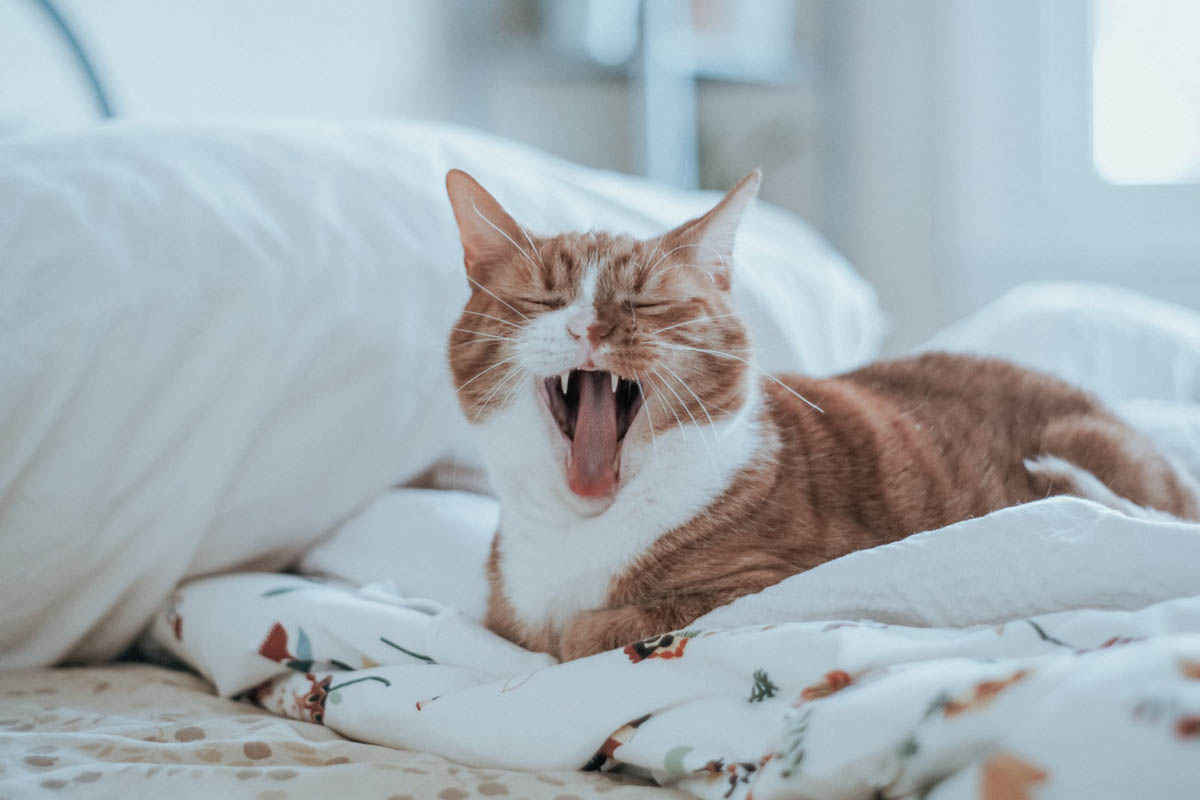Cat Dentistry and Oral Health

Free Nurse dental checks are available for your cat – call us on 6652-3455 to organise an appointment.
Routine care of your cat should include regular dental checks. Cat owners are encouraged to take a look in their cat’s mouths and inspect their cat’s teeth and gums. Cat’s teeth should be white and free of yellow or brown crust and their gums should be a nice even pink colour.
Red or bleeding gums suggest dental disease which is uncomfortable and can be very painful for your cat. Other signs of dental disease include smelly breath, reluctance to eat, recent loss of bodyweight, changes to chewing habits or excessive drooling.